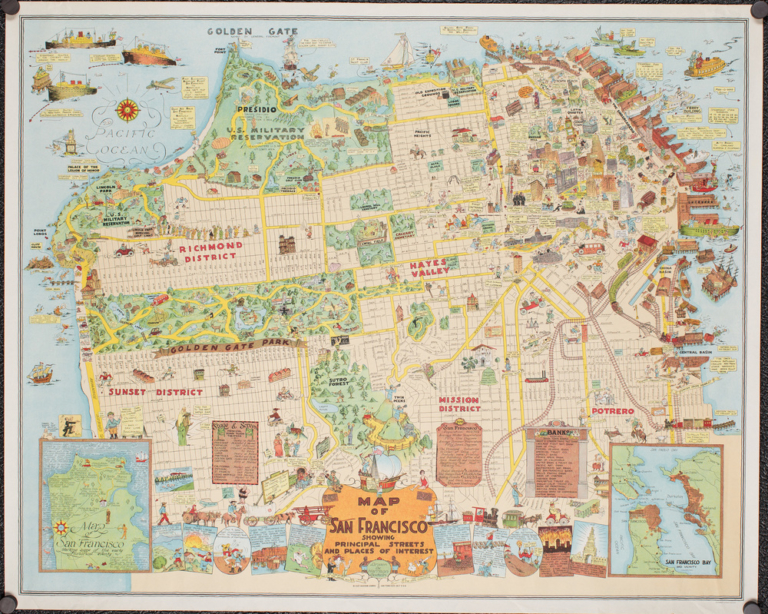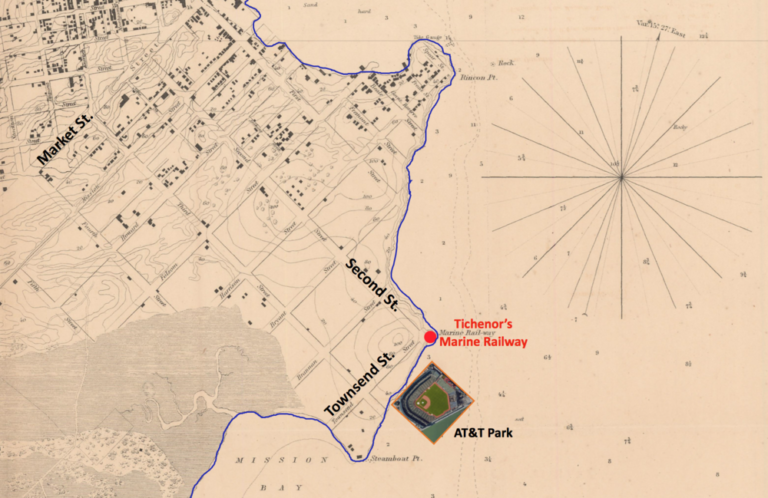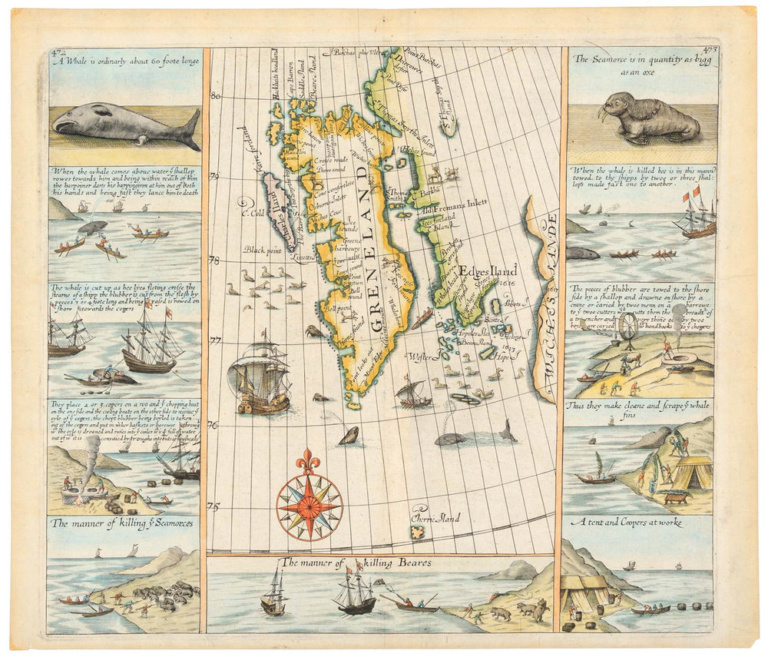For centuries, the dominant political entity in Europe was the Holy Roman Empire, which encompassed large tracts of Central Europe from northern Italy to the shores of the Baltic. However, following the Peace of Westphalia in 1648, much of the center of that empire became independent principalities. At the time that the great European colonial empires were expanding, the many small, independent principalities and duchies in the lands that we now recognize as Germany, as well as the Austrian Empire (which, in 1867, would merge with the Kingdom of Hungary, to form the Austro-Hungarian Empire), and Prussia, were in a difficult position to pursue colonial expansion. Additionally, these nations had long focused their military power on the land.

Thus it was that in the middle of the nineteenth century, they had little to show in the way of their own explorers. In 1869, an expedition was mounted to explore towards the north pole. The plan was to follow the Gulf Stream/North Atlantic Drift, which flowed up the Scandinavian coast, in hopes that the warm current would provide ice-free access to the pole, and perhaps to lands in polar regions.

The expedition included two ships: the Germania, an iron-clad steamship intended for the dangerous explorations, captained by the expedition’s leader Carl Koldewey, and the Hansa, a wooden sailing ship carrying supplies, captained by Paul Hegemann. The expedition was as much one for national pride as it was for scientific discovery. Koldewey wrote that they hoped to “show that German sailors are as qualified, as bold, and as persevering” as those of other nations. And perhaps they did. Their explorations are not particularly notable: they explored the east coast of Greenland, but not much more. But, they did, at least, manage to survive the arctic exploration with few casualties, which was a success in itself, given how often and how badly polar expeditions often turned out.
The Germania had little difficulty, and its explorations make an bland story. But the Hansa suffered a different fate. In late July 1869, the two ships were separated in a fog, and soon after, the Hansa was trapped by ice floes. For a ship like the Hansa, getting trapped in the ice was a death warrant, and indeed, the Hansa itself was destroyed that October.

But Hegemann and his crew had already evacuated the ship and, using their ample supplies, had built themselves a chalet on the ice. For the next six or seven months, they lived on the ice floe, though at one point they were forced to evacuate their chalet and rebuild it when the floe itself split through the building’s middle.
In May of 1870, with their floe shrinking, they began their attempt to escape, dragging their ship’s side boats across ice floes until, in early June, they came to open water, upon which they launched their boats, and within a week had made it to a Danish settlement at Friedrichstahl, at the southern end of Greenland. Their survival was assured and they returned home without loss of life.
Although their expedition did not meet fatal failure, their return was greeted with little acclaim: by the time they reached Bremerhaven in August, Prussia and the German states were at war with France, which had initiated hostilities in July. Within a year, after their rapid military defeat of France, the newly formed German empire would unite the German states with Prussia under the guidance of Otto von Bismark.



